In the realm of sustainable construction, the choice of materials plays a critical role in achieving environmental goals while maintaining structural integrity.
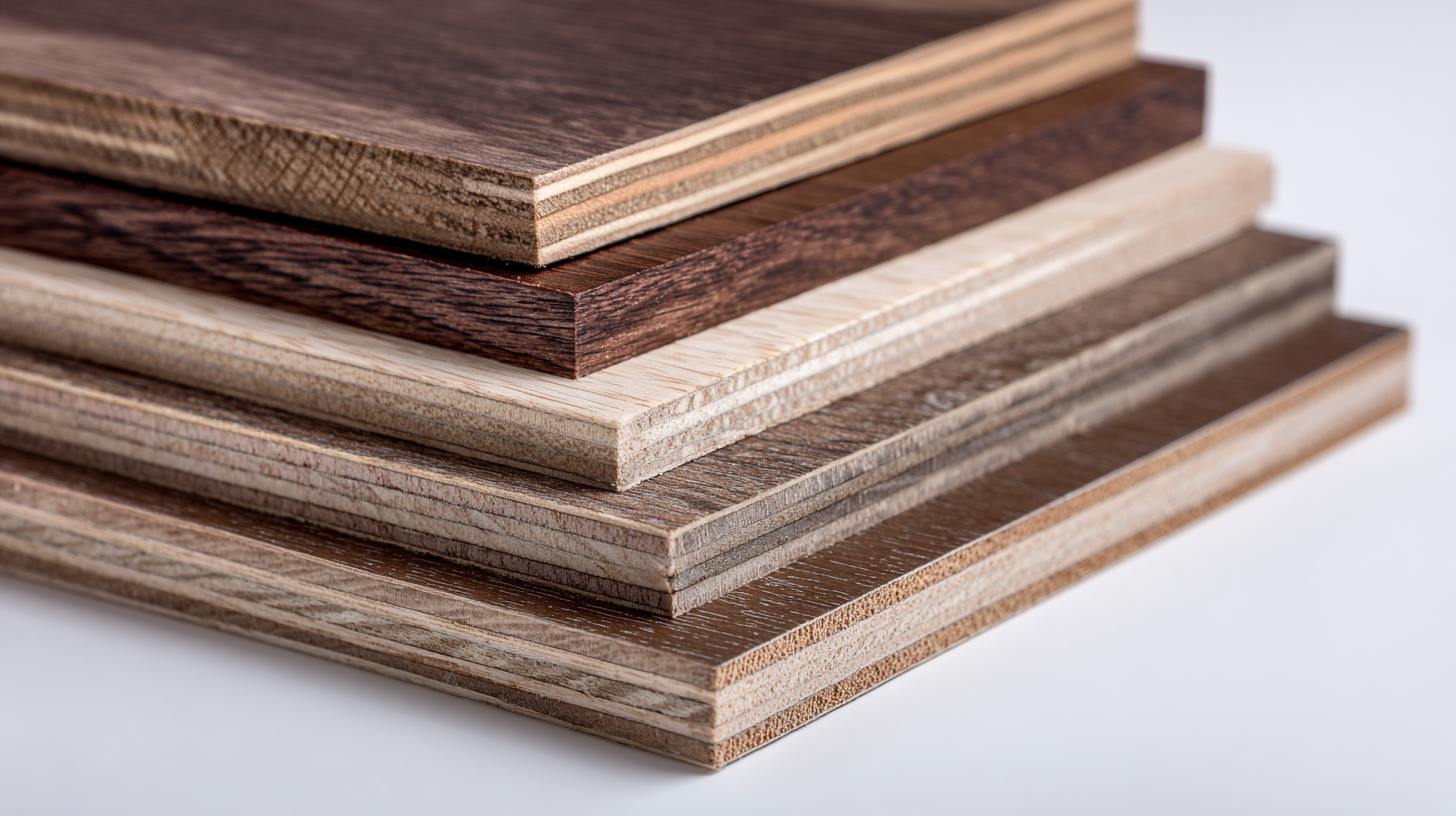 Thin plywood has emerged as a top contender in this landscape, offering a lightweight yet durable solution that enhances design flexibility and reduces waste.
According to a report by the Forest Stewardship Council (FSC), the use of certified wood products, including thin plywood, has been linked to a 30% reduction in carbon emissions compared to traditional building materials.
Additionally, a study from the American Plywood Association highlights that thin plywood can lead to significant cost savings due to its efficient manufacturing process and versatility.
By incorporating high-quality thin plywood options, architects and builders can maximize their projects, ensuring they are both environmentally responsible and economically viable.
Thin plywood has emerged as a top contender in this landscape, offering a lightweight yet durable solution that enhances design flexibility and reduces waste.
According to a report by the Forest Stewardship Council (FSC), the use of certified wood products, including thin plywood, has been linked to a 30% reduction in carbon emissions compared to traditional building materials.
Additionally, a study from the American Plywood Association highlights that thin plywood can lead to significant cost savings due to its efficient manufacturing process and versatility.
By incorporating high-quality thin plywood options, architects and builders can maximize their projects, ensuring they are both environmentally responsible and economically viable.
In the realm of sustainable construction, high-performance thin plywood stands out as a pivotal material that aligns with eco-friendly project goals. According to a report by the Forest Stewardship Council (FSC), sustainably sourced plywood can significantly reduce the carbon footprint of construction projects, as it utilizes fast-growing tree species and promotes responsible forestry practices. This material not only offers exceptional strength-to-weight ratios but also enhances design versatility, making it an ideal choice for eco-conscious builders.
Tips for Choosing Thin Plywood:
1. Check for Certifications: Always look for certifications like FSC or PEFC to ensure your plywood comes from sustainably managed forests.
2. Evaluate Specifications: Assess the thickness and density of the plywood you choose, as higher-quality options provide better durability and longevity, which are crucial for reducing waste.
Utilizing high-performance thin plywood can lead to remarkable energy efficiency gains in buildings. The American Plywood Association indicates that incorporating plywood sheathing can improve a building's insulation properties by up to 15%. Such performance features not only lower energy costs but also contribute to healthier indoor environments, making thin plywood an indispensable component of modern sustainable construction practices.
Thin plywood plays a significant role in sustainable building practices due to its lightweight nature and effective resource utilization. Manufactured from fast-growing tree species, thin plywood offers a responsible alternative to traditional lumber, helping reduce deforestation and promote forest sustainability. The efficient production process consumes less energy and generates fewer emissions, contributing to a lower carbon footprint. Additionally, when sourced from certified forests, thin plywood supports responsible forestry practices, further enhancing its sustainability credentials.
Integrating thin plywood into construction projects not only provides structural integrity but also allows for exceptional versatility in design. Its adaptability makes it suitable for various applications, from flooring to wall panels, thereby reducing the need for multiple materials and minimizing waste. Furthermore, thin plywood can be easily recycled or repurposed at the end of its life cycle, aligning with the principles of a circular economy. By choosing high-quality thin plywood, builders and architects can significantly impact reducing environmental footprints while still achieving aesthetic and functional goals in their projects.
This chart illustrates the significant reduction in carbon footprint achieved by using thin plywood compared to traditional materials in construction projects. The data shows that thin plywood emits only 75 kg CO2e per m², significantly lower than the 150 kg CO2e per m² typical of traditional construction materials. This demonstrates the environmental benefits of adopting thin plywood in sustainable building practices.
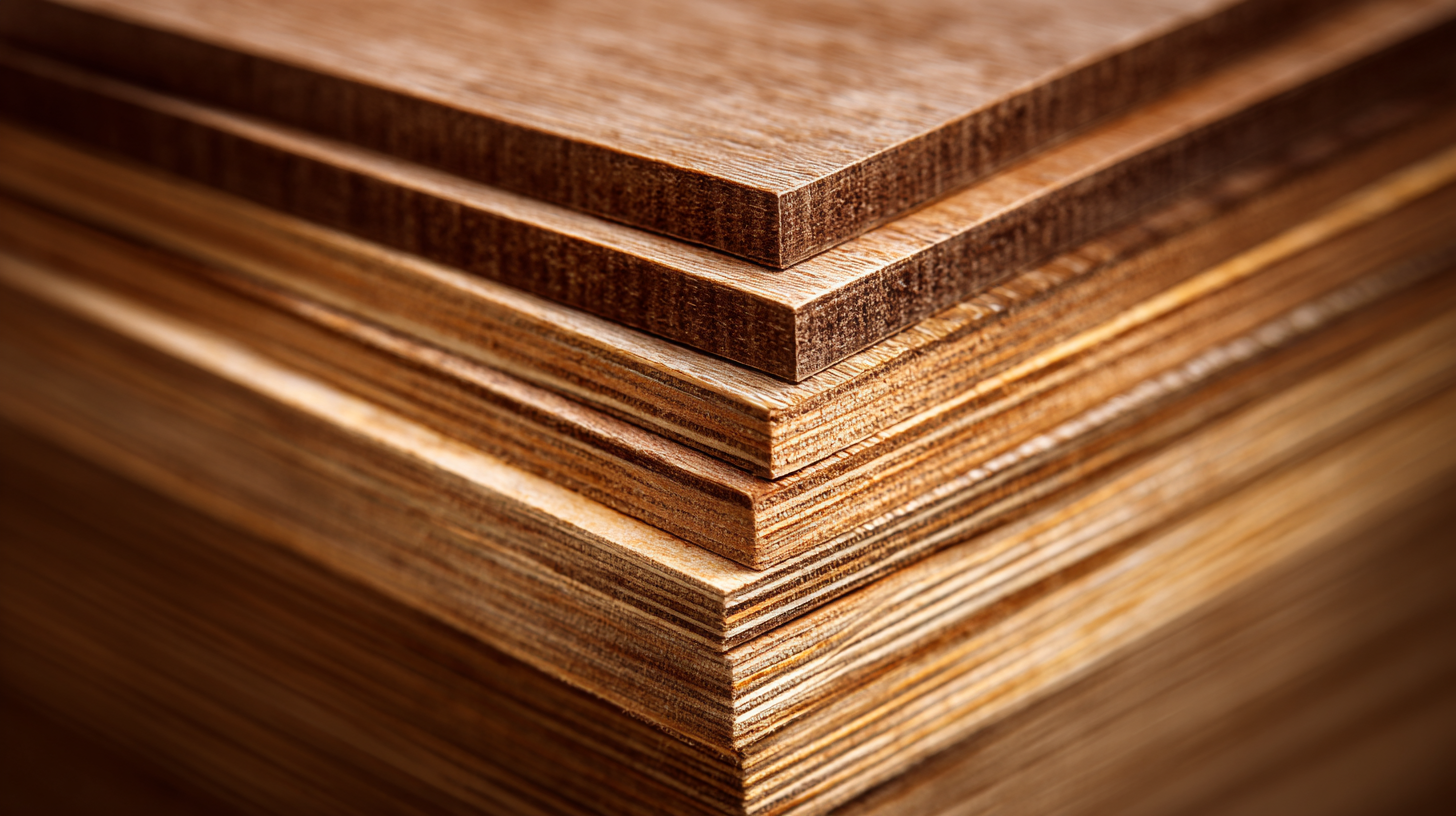 When considering sustainable architecture, cost-efficiency stands as a pivotal factor. Thin plywood options have emerged as a favorable alternative due to their versatility and lower environmental impact. By utilizing high-quality thin plywood, architects and builders can achieve significant returns on investment (ROI) while maintaining sustainability principles. The lightweight nature of thin plywood allows for reduced transportation costs and easier handling, which can further enhance project budgets.
When considering sustainable architecture, cost-efficiency stands as a pivotal factor. Thin plywood options have emerged as a favorable alternative due to their versatility and lower environmental impact. By utilizing high-quality thin plywood, architects and builders can achieve significant returns on investment (ROI) while maintaining sustainability principles. The lightweight nature of thin plywood allows for reduced transportation costs and easier handling, which can further enhance project budgets.
Tip: When selecting thin plywood, prioritize sourcing from certified sustainable forests to ensure that your materials contribute positively to the environment. This not only supports ecological balance but can also appeal to consumers who are increasingly eco-conscious.
In addition to the raw material costs, thin plywood offers flexibility in design, permitting creative solutions that can lead to unique structures. Isolating cost factors such as labor and installation time is essential, as minimizing these can lead to substantial savings in the long run.
Tip: Consider modular designs using thin plywood, as they often lead to faster construction timelines and reduced waste, translating into a higher ROI for sustainable architecture projects.
 Thin plywood is emerging as a pivotal material in innovative construction applications, characterized by its versatility and sustainability. Recent advancements in production technologies have revolutionized the way thin plywood is utilized across various design paradigms. A study on sustainable building materials highlights the importance of thin plywood in enhancing affordability and durability, particularly in housing solutions like Assam-type houses, where traditional building costs are a concern. By employing innovative production techniques, builders can maximize the performance of thin plywood while minimizing environmental impact.
Thin plywood is emerging as a pivotal material in innovative construction applications, characterized by its versatility and sustainability. Recent advancements in production technologies have revolutionized the way thin plywood is utilized across various design paradigms. A study on sustainable building materials highlights the importance of thin plywood in enhancing affordability and durability, particularly in housing solutions like Assam-type houses, where traditional building costs are a concern. By employing innovative production techniques, builders can maximize the performance of thin plywood while minimizing environmental impact.
Tips for leveraging thin plywood in your projects include considering its structural strength versus weight ratio, which allows for creative applications without compromising stability. Additionally, integrating design elements that showcase thin plywood's aesthetic appeal can elevate interiors, as evidenced by the trend of luxurious plywood applications in contemporary spaces. Microsoft’s endeavor to construct data centers with cross-laminated timber underlines the shift towards renewable materials in larger infrastructures, demonstrating that the versatility of thin plywood is not limited to small-scale projects.
In the realm of sustainable architecture, exploring structural innovations such as modular designs and multifunctional spaces with thin plywood can significantly enhance project outcomes. By embracing these contemporary approaches, designers will not only contribute to sustainability but also achieve functional and stylish results that cater to modern needs.
When evaluating thin plywood options for sustainable construction, assessing quality and durability is paramount. Industry standards play a significant role in ensuring these materials can withstand the rigors of both environmental influences and structural demands. According to the APA - The Engineered Wood Association, thin plywood products should be manufactured in adherence to the ANSI/HPVA HP-1 standard, which specifies requirements for plywood grading, ensuring that only the highest quality of materials is used. The importance of these standards is underscored by the fact that properly graded plywood can provide a significant strength advantage, exhibiting a 20-30% increase in load-bearing capacity compared to lower-grade alternatives.
In addition to adherence to standards, the longevity of thin plywood is contingent upon its resistance to warping and moisture-related issues. A recent study published in the Journal of Wood Science noted that water-resistant adhesives significantly enhance the durability of plywood panels, extending their lifespan by as much as 50% in humid environments. Moreover, the use of sustainably sourced wood not only aligns with environmental goals but also contributes to the overall integrity of thin plywood, ensuring that it meets the increasingly rigorous expectations of green building certifications. Thus, selecting compliant, durable plywood options is crucial for maximizing the performance of construction projects.

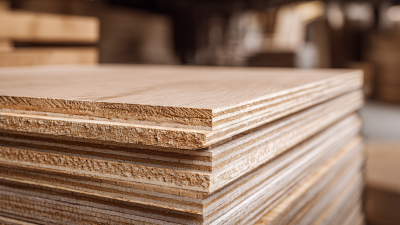
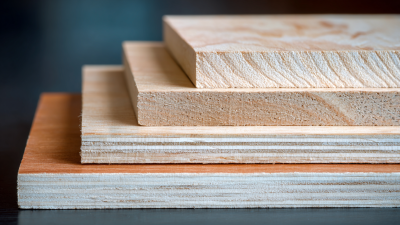

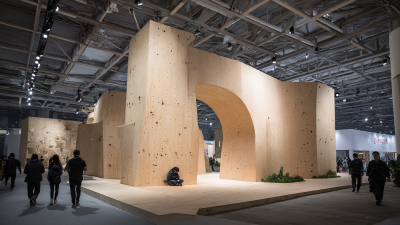
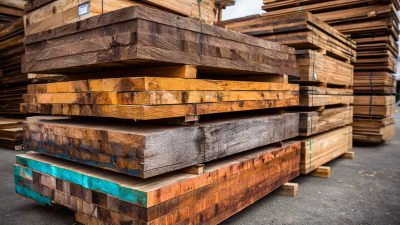

Signup our newsletter to get update information, promotion or insight.